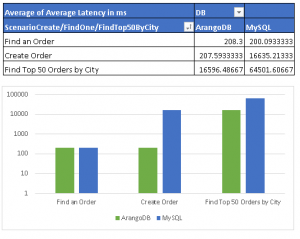

The data does not need a strict schema or the usual SQL table structure. It is because of this that one can also do information retrieval and query processing very efficiently.Ī graph database is a form of NoSQL database, as the name suggests, it (Not SQL or Not Only SQL) is a generic term used for databases that do not depend on a relational model. Through a specialized design for itself, which we are going to study in a while, it has a well-established structure depicting the nodes, edges, labels, and the relationship between all these properties.

The connections are already stored right in the database. Unlike the other forms of databases, a graph database doesn’t need to compute the relationship between the data in the query time. This is where the aspect of a Graph Database comes into play. But what if we have large connections? Would our query processing be able to work? Even if it works, would we be able to comprehend the heavy relationship? With all this, the process becomes obviously slow. Of course, we can have functional dependencies and can extract the data through queries. But one place that they fall in short is when handling complex connections between the data. These might all be popular, but they have their own strengths. So, it can be said that the other details of the student are functionally dependent on the attribute Student ID. For example, to retrieve the details of a particular student given the unique id of the student. That’s great to be used when the relations are held for a single level. The columns of the table hold attributes of the data, and each record usually has a value for each attribute, making it easy to establish relationships among data points. In a relational database, each row in the table is a record with a unique ID called the key.

When you look at the popular database that we most commonly use, the relational database, is a way of representing the data in tables. There could be a relational database, document DB, object-oriented databases, and many others. There are many different types of databases today.


 0 kommentar(er)
0 kommentar(er)
